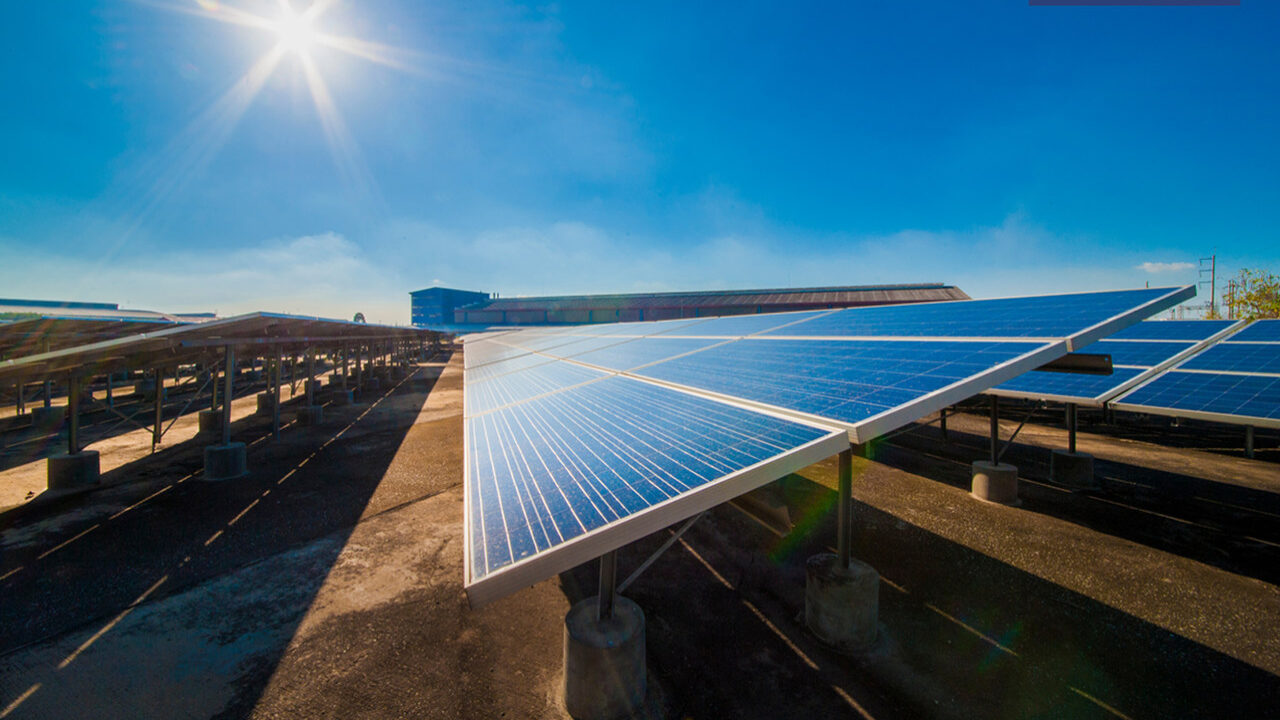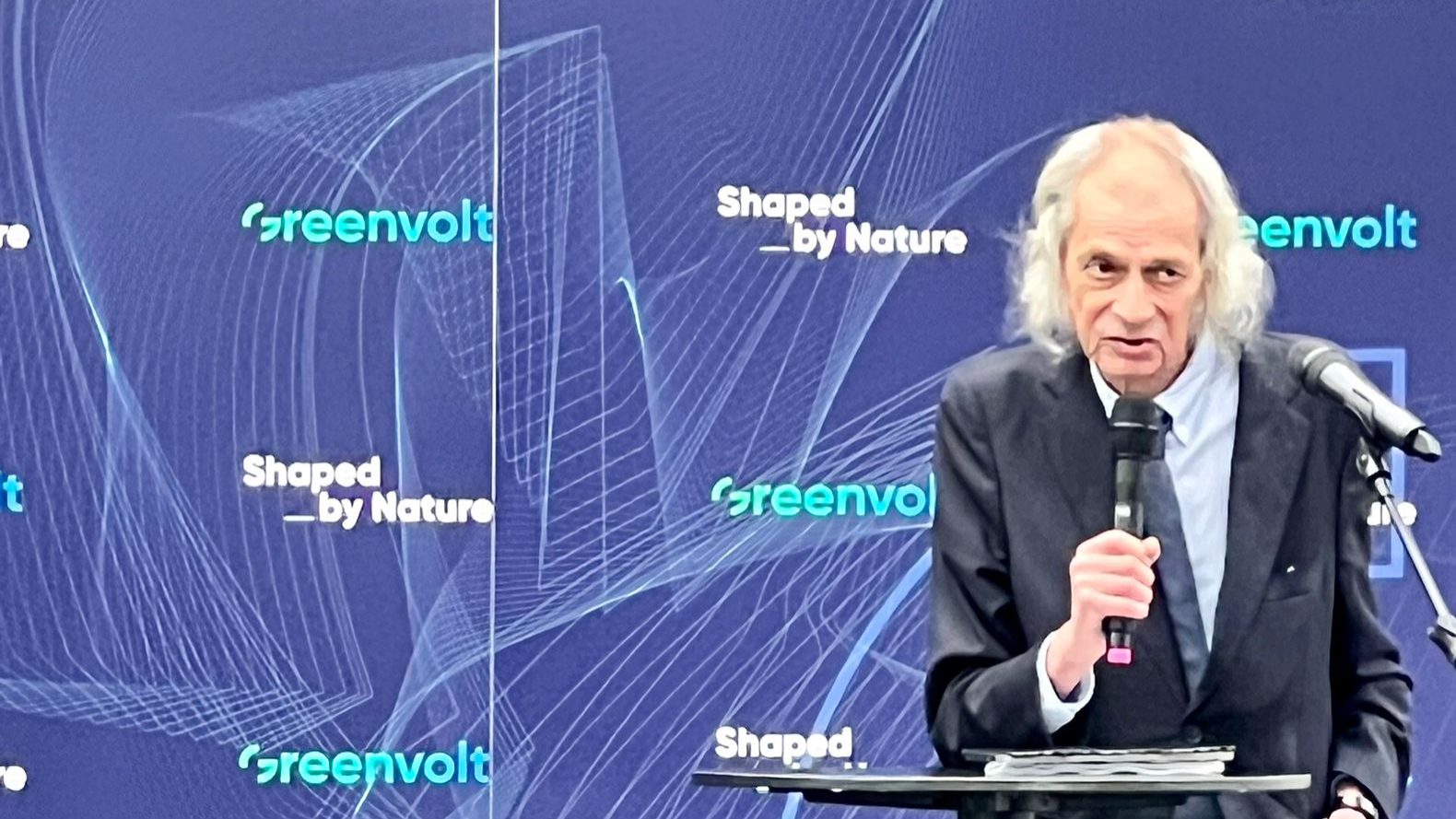Solar energy covers 10% of consumption for first time
Electricity consumption decreased by 5.4% in July compared to the same period last year, a decrease "influenced by the moderate temperatures experienced this month, unlike last year".
Solar energy production reached 10% of electricity consumption in July for the first time, according to data from REN – Redes Energéticas Nacionais, released today.
In the same month, hydroelectricity supplied 6% of consumption, wind 22% and biomass 6%, while non-renewable production accounted for 28% of consumption, and the remaining 28% corresponded to imported energy.
Electricity consumption decreased by 5.4% in July compared to the same period last year, a decrease “influenced by the moderate temperatures experienced this month, unlike last year”, explained the manager of the national electricity and natural gas systems.
Even so, even discounting the effects of temperature and the number of working days, there was a 3.1% reduction in electricity consumption.
The hydroelectric index stood at 0.61 in the month under review, “a value much lower than the average, but with little significance, as it is the summer period when inflows are practically zero”.
The wind and solar regimes were above average, standing at 1.08 and 1.05, respectively.
In the first seven months of the year, consumption fell by 0.9% compared to the same period last year, which corresponds to a decrease of 0.8%, taking into account the correction for temperature and working days.
This fall is explained, according to REN, by the increase in self-consumption from photovoltaic production, without which electricity consumption would be in line with the previous year.
From January to July, the hydropower capability index registered 0.78, wind power capability 0.94 and solar capability 1.06.
In that period, renewable production supplied 58% of consumption, broken down into wind power with 24%, hydroelectric power with 21%, photovoltaics with 7% and biomass with 6%, while natural gas production supplied 21% of consumption, and the remaining 21% corresponded to imported energy.
Natural gas consumption fell by 20% in the first seven months of the year, penalised by a 4.8% drop in the conventional segment and a 39% drop in the electric segment, the lowest consumption in the national system for this period since 2014.
In July, this trend of contraction in the natural gas market continued, with a year-on-year decrease of 16%, broken down by the conventional segment, down 3.8%, and the electricity generation segment, down 20%.In the case of the power generation segment, the drop was due to the greater availability of renewable energy this year.
In July, national supply was almost entirely from the Sines liquefied natural gas (LNG) terminal, with the balance of exchanges through the interconnection with Spain registering an export balance equivalent to around 9% of national consumption.

